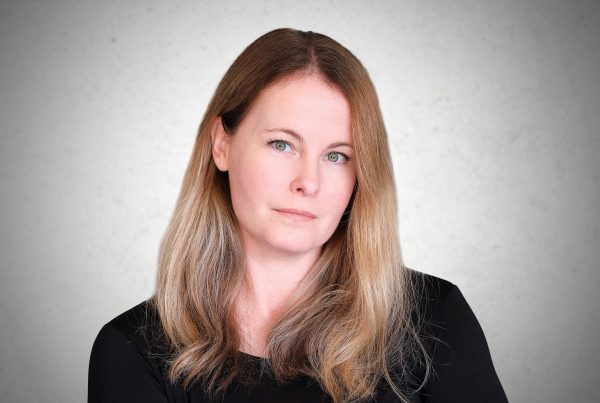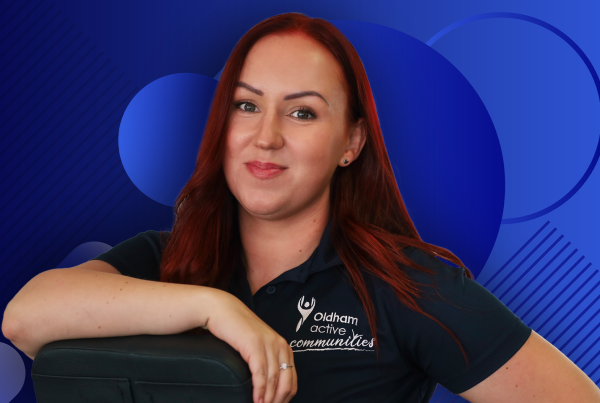By Gary Novak, Sales Director (Europe), AtmosAir Solutions
The COVID-19 pandemic has brought about a whole new raft of health and safety measures in public spaces. Within fitness spaces, the majority of operators I’m aware of have integrated hand sanitising, social distancing and more frequent disinfecting of equipment. But what about the air the staff and members of the fitness facility are breathing? Ventilation and air purification are often complex subjects to understand so I hope this blog will help to explain a little bit about a technology, bipolar Ionisation, that’s proven to be highly effective in fighting COVID-19.
What is Bi-Polar Ionisation?
Bipolar Ionisation (BPI) is a technology manufactured by US headquartered company, AtmosAir. BPI isn’t new by any means, in fact when Albert Einstein’s sister fell sick with tuberculosis, he took her to a hospital high up in the Swiss Alps, which provided a healthier climate, where she eventually recovered.
Einstein began theorising as to the presence of conductivity in the air on which he based his theory of light absorption. His friend and colleague Conrad Habicht, in collaboration with Einstein, invented a device to replicate the air’s natural conductivity. This is what we now know as bipolar air ions. AtmosAir acquired the patents for the technology in 2004 and to date has installed in over 8,000 locations around the world.
‘Ionised air’ feels like the crispness in the air when you’re skiing at the top of a mountain or the crisp air that you might experience when standing next to a waterfall. That crispness is caused by the abundance of naturally occurring ions. The closer we get to sea level, pollution takes hold and the levels of ions are significantly reduced.
How does BPI work?
If an infected person sneezed, tiny droplets leave their mouth which go into the air. Some of the larger droplets would have been propelled by around one to two metres and these may well have landed on the floor or maybe on a piece of equipment. As well as the droplets, aerosols are also a created, which are much smaller in size and can stay airborne for up to 16 hours within the breathing space. Anyone walking through this ‘virus cloud’ could contract a virus.
BPI creates both positive (H+) and negative (O2-) ions. These surround the hemagglutinin (surface proteins that form on organisms and trigger infections) and change into highly reactive OH groups called hydroxyl radicals (OH). These take a hydrogen molecule from the hemagglutinin and change into water (H2O). The ions destroy the virus surface structure on a molecular level. As a result, the virus cannot infect, even if it enters the body.
While there are several other methods out there that can capture coronavirus particles, the vast majority of these, such as HEPA filters and UV lights, are what we call ‘passive’ technology. This means that the virus has to pass through these devices for them to be effective. Conversely, BPI is an ‘active’ technology that seeks out and destroys the particles before anyone has the chance to inhale them.
Disclaimer: Any views or opinions expressed are solely those of the author and do not necessarily represent those of ukactive
To read the official Government guidance for operators, and for more information from ukactive, visit the COVID-19 hub




